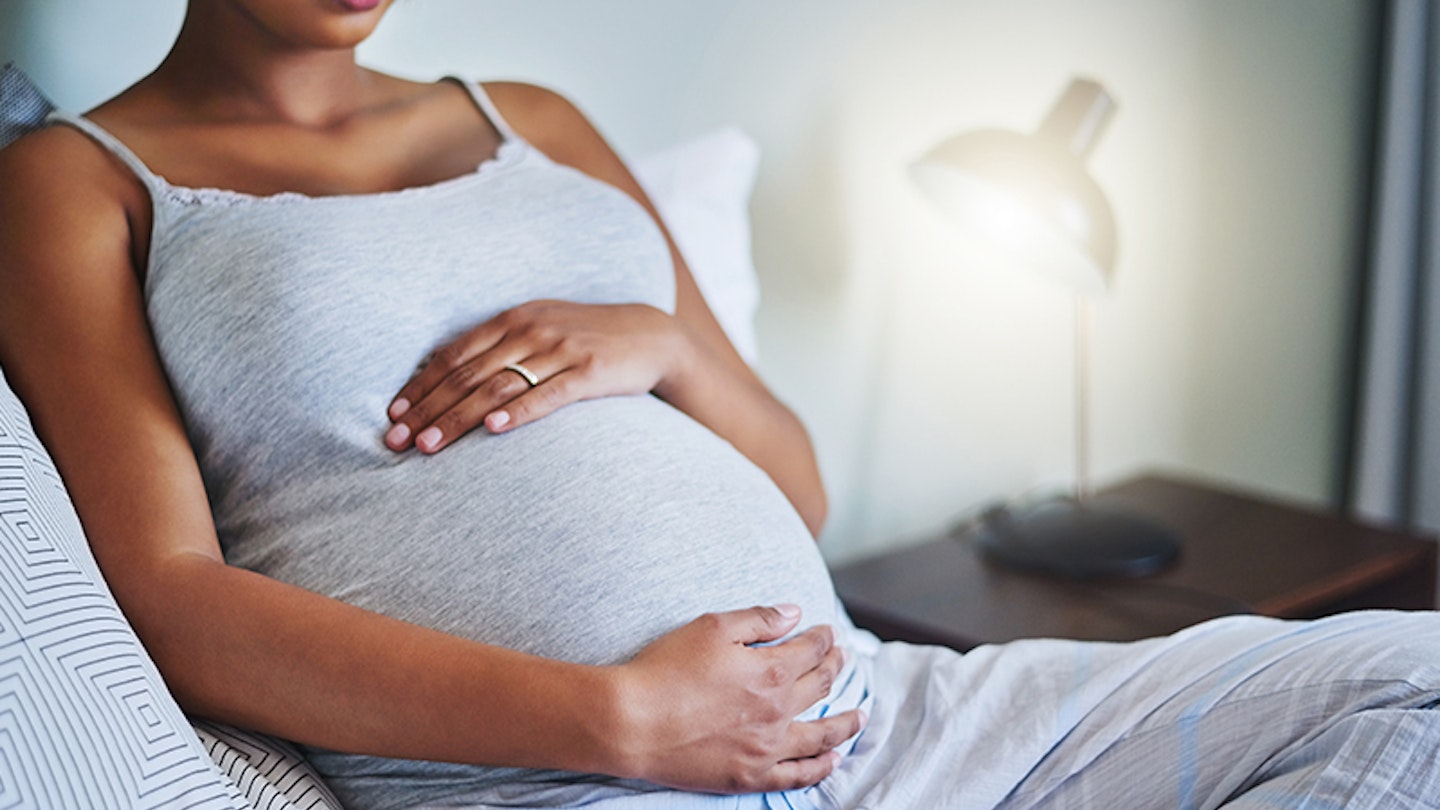Everything the placenta can do is very impressive. The placenta is your baby's life support system, it provides all the nutrients your baby needs to live inside the womb.
Here is everything you need to know about the placenta during and after pregnancy.
What is a placenta?
The placenta is an organ attached to the lining of the womb. Its main role is to carry all the nutrients from you to your baby.
The placenta is linked to the baby by the umbilical cord. The nutrients from your blood pass through the cord and into the placenta, and the umbilical cord then carries these nutrients, as well as oxygen, to your baby. It also keeps your unborn baby's blood apart from yours.
The waste products also pass back through the cord, into the bloodstream, and then will be disposed of normally.
The placenta is so clever that it also protects the baby from infections apart from viruses, and produces hormones that help your baby grow. Some mums even choose to have a lotus birth where they keep the placenta attached to their baby before it comes away naturally.
Weird facts we bet you didn't know about the placenta...
weird facts about placenta
 1 of 7
1 of 71) Living high up will give you a better functioning placenta?!!
A study at Hackensack University Medical Center analysed pregnant women who had lived in the Andes for a while and showed that their placentas made larger babies than those new to the this environment. They were more efficient at taking oxygen in, helping their placenta develop more.
 2 of 7
2 of 72) Baby twins may not share
If you're expecting twins, there may be one shared placenta, or one placenta for each fetus. It all depends on whether the egg separates before the development of the placenta. If it does, there will be two, if it splits after, they will share everything!
 3 of 7
3 of 73) The placenta is so much more than an organ!
If the placenta wasn't already amazing, in Nepal, they believe that it is more than just an organ, it's the baby's friend or sibling in Malaysia.
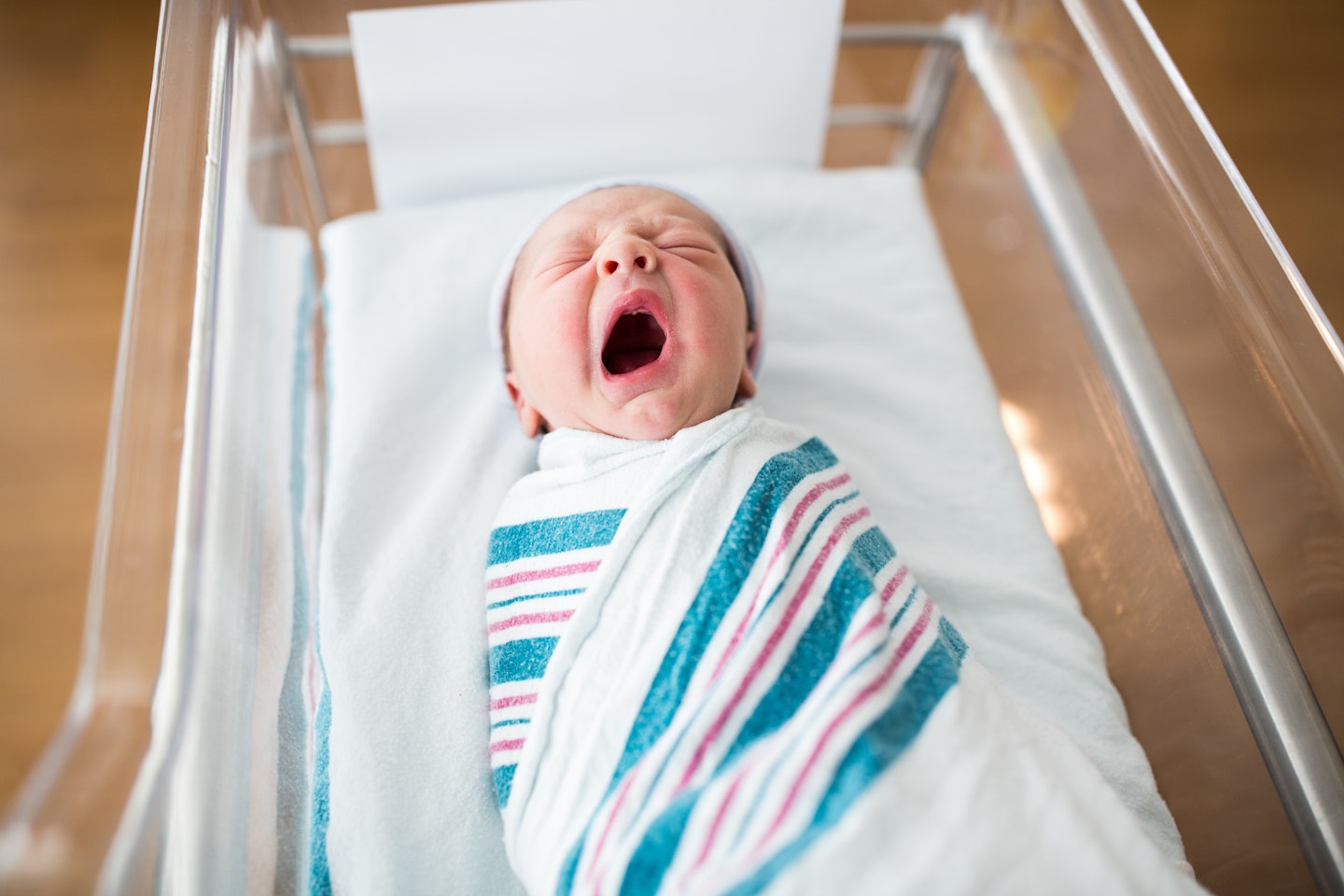 4 of 7
4 of 74) You can leave the placenta attached to your baby
Some mothers decide to leave the placenta attached until the umbilical cord falls off in its natural cause. This is called a 'lotus birth' which apparently has spiritual benefits and gives time for more nutrients to deliver to the baby.
However, as the placenta becomes dead tissue after the delivery, there is no need for it and doctors say it could actually be dangerous.
Read more: ‘I had a lotus birth and left my placenta attached’
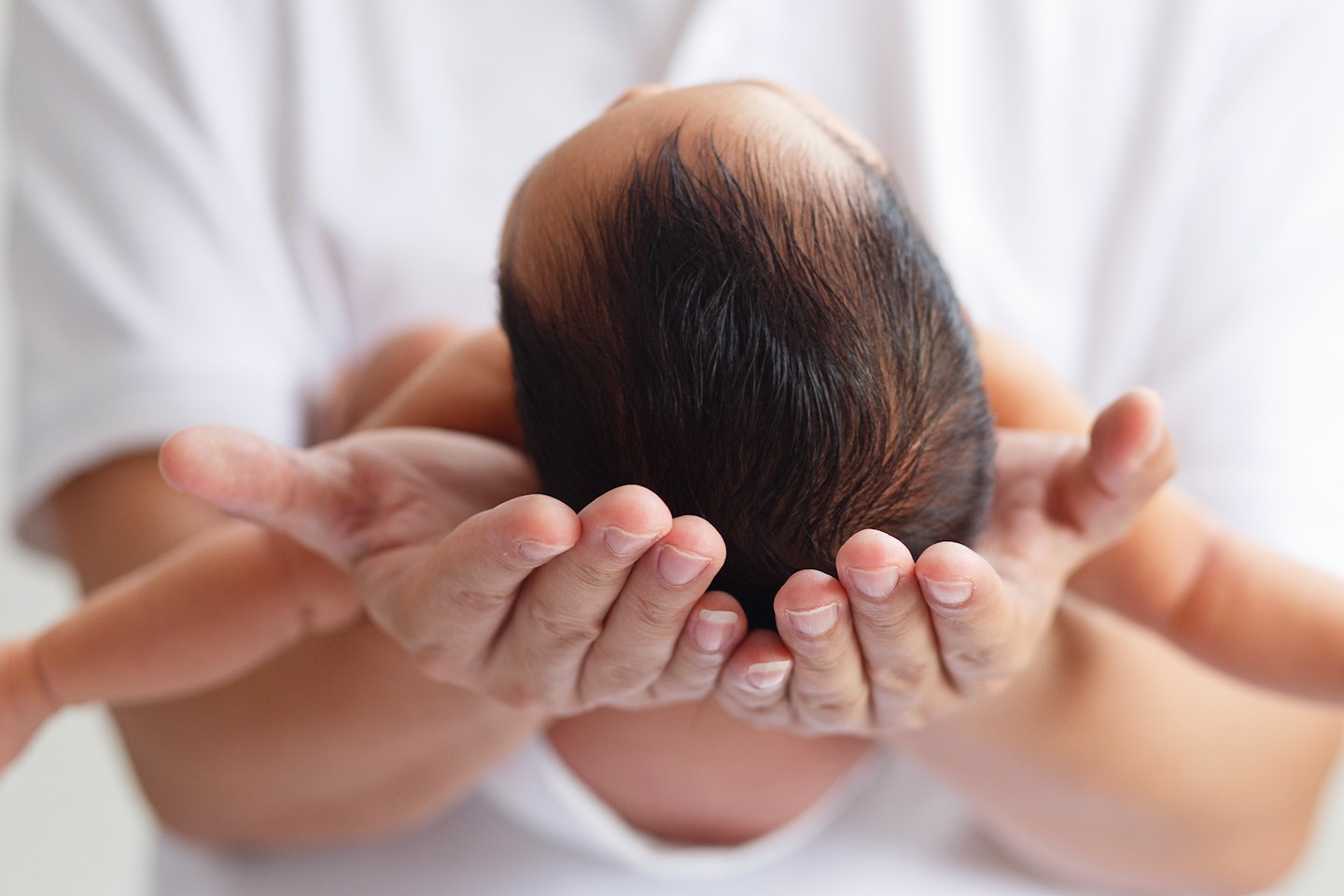 5 of 7
5 of 75) The placenta is a sixth of your newborn's weight
The average weight of the placenta weighs at 1.5lb which is the equivalennt of 224 teabags.
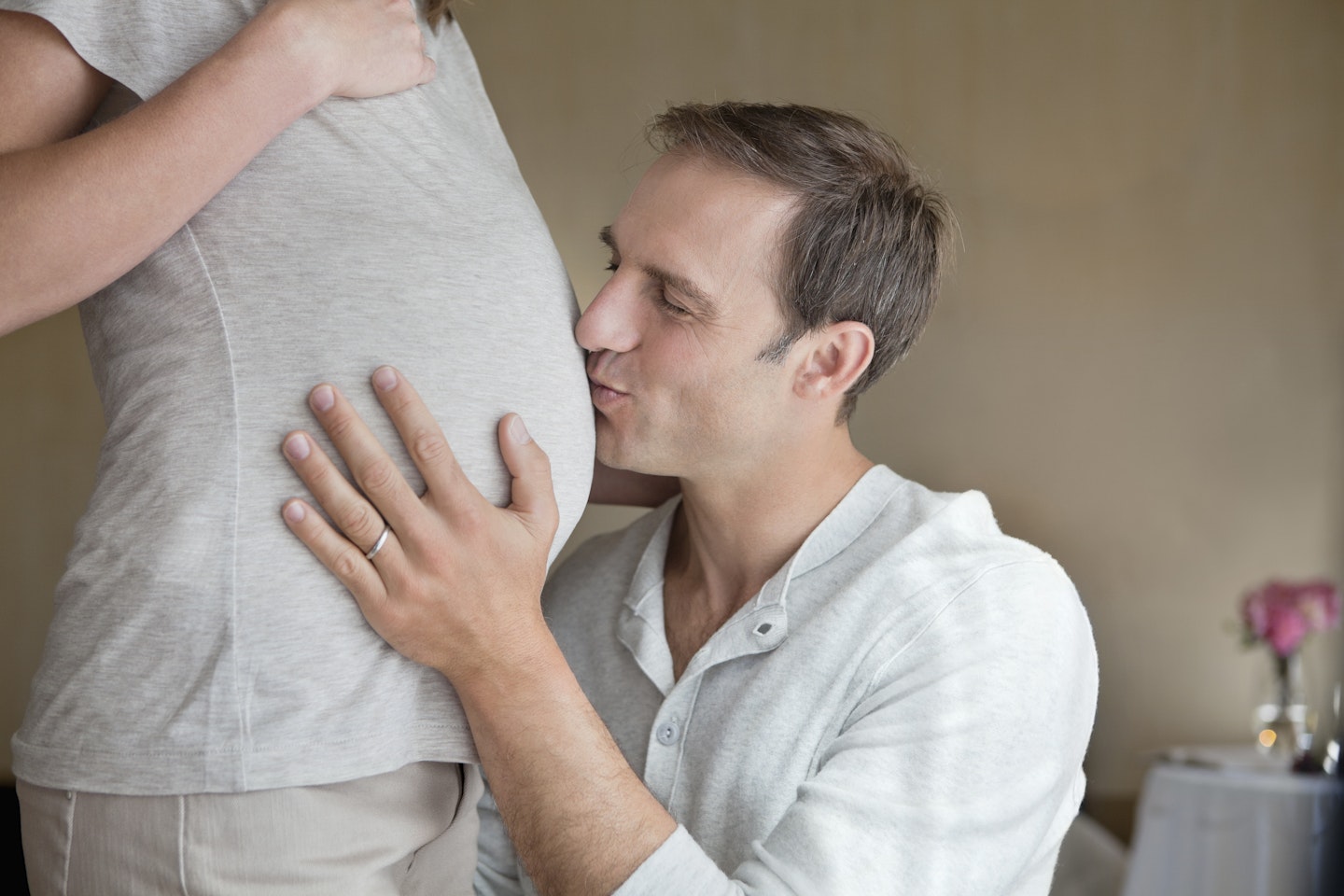 6 of 7
6 of 76) It's his organ too
Some argue the placenta is his organ growing inside you, as this was all possible because of your man's sperm.
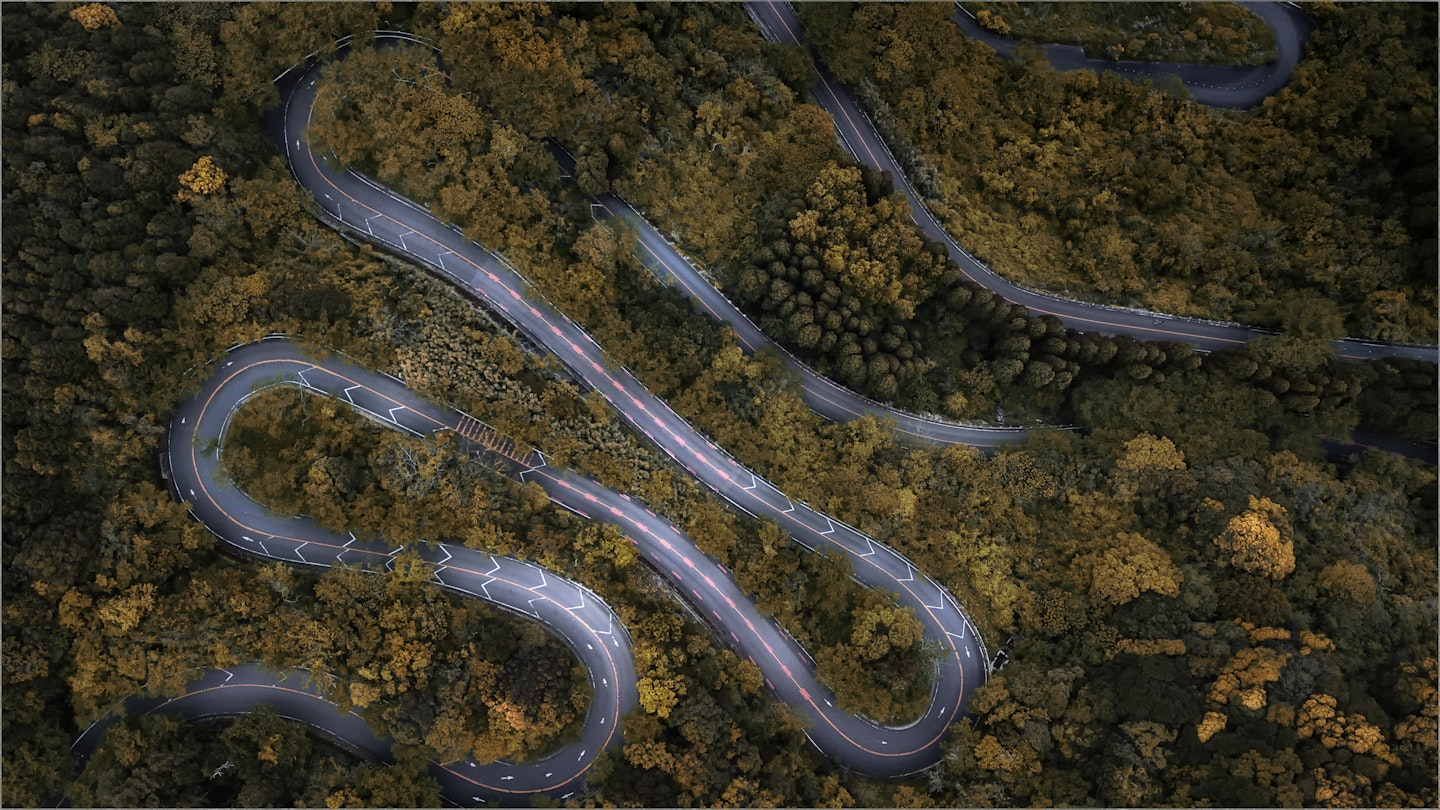 7 of 7
7 of 77) Can you guess the length?
Your placenta is long. Apparently, the combined length of all the capillaries in your placenta is 32 miles and would take you eight hours to walk it.
Problems that can occur with the placenta:
What is Placental Abruption?

Placental abruption is when bleeding occurs between the placenta and the wall of your uterus aka the womb.
The amount of bleeding can vary and may be just a small amount.
Read more: Everything you need to know about Placental Abruption
Do I have a low-lying placenta?
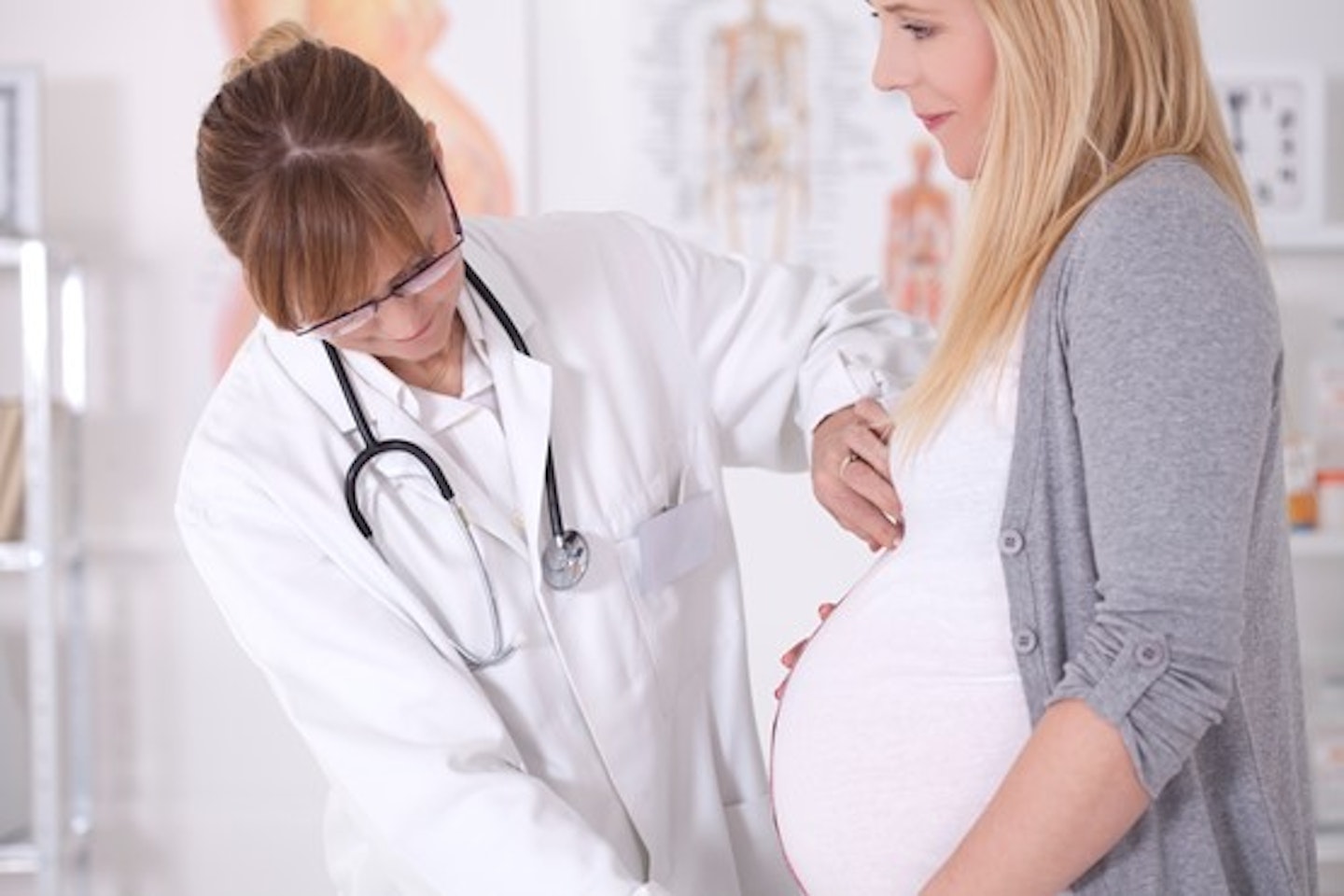
Placenta praevia is the medical term for a low-lying placenta, a placenta that is low down in the womb that covers your cervix. If you have a low-lying placenta, this is normally seen in your ultrasound scan at 8-14 weeks.
There are two types of placenta praevia. If the placenta is only covering a part of the cervix it is called a minor placenta praevia. If it is covering the cervix completely, it is called a major placenta praevia.
Read more: Your guide to placenta praevia aka [a low-lying placenta]{href='https://www.motherandbaby.com/pregnancy-and-birth/pregnancy/pregnancy-health-conditions-explained/low-lying-placenta-praevia' target='_blank' rel='noreferrer noopener'}
A retained placenta
Where the placenta is supposed to come away from the lining during the third stage of labour, in some cases, this won't happen.
A retained placenta can follow with severe bleeding. If some of the placentae doesn't come away, this can cause blood loss and infection. It will need to be removed and lifted under anaesthetic.
If this has happened to you with one birth, it's likely to happen again, and can also limit your chances of having another baby.
Eating and other uses of the placenta

You may have heard of people eating the placenta, and although it may not be your first choice of food, it's surprisingly popular for new mums.
Kim, Kourtney, and Khloé Kardashian, and Rochelle Humes have all spoken about the benefits it had for them from their own experiences. But why do people do it?
It has been said that eating the placenta has given mothers a natural high after birth amongst many other health benefits. Mothers and fathers who suffer from post-natal depression have said that eating the placenta can help to level off your hormones. Yet, there hasn't yet been evidence to prove these claims.
Whether you choose placenta pills or a smoothie, there are many ways that you can consume the placenta. Learn how you can eat it with our 6 ways to eat your placenta.
A placenta face mask?

So, you thought to eat the placenta was a bit out there, but what about a placenta face mask for your next pamper evening?
It's just the same, people use placenta face masks as the nutrients from the placenta helps produce collagen, elastin and hyaluronic acid.
The nutrients cancel out any wrinkles and leave your skin feeling smooth and replenished. People have described these face masks as incredibly gooey but smell lovely. The nutrients have been said to make your hair very soft, too.
